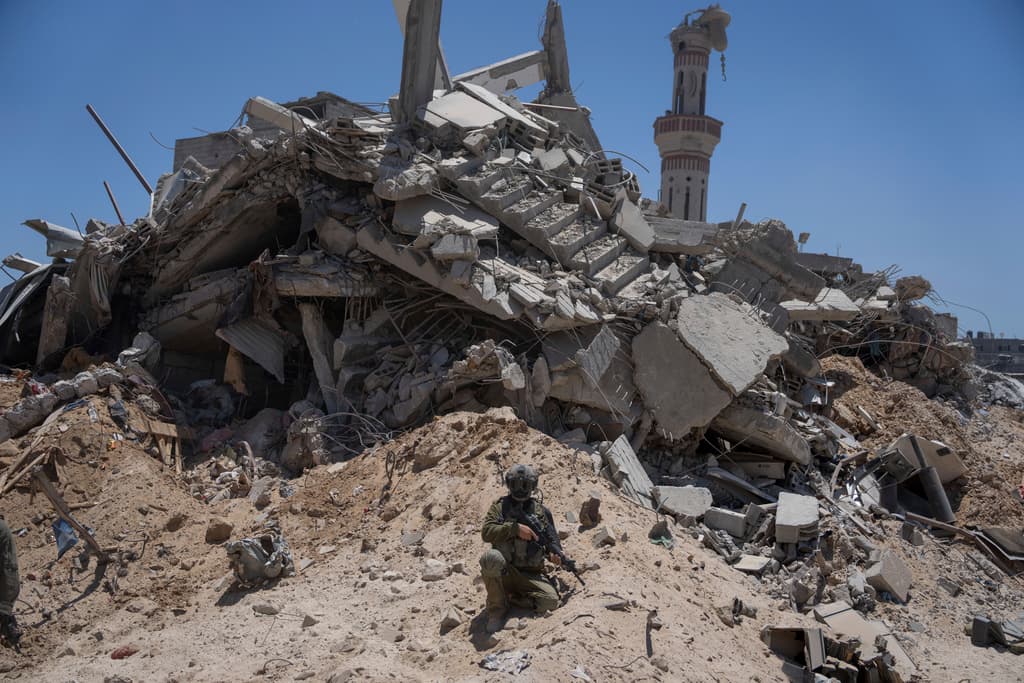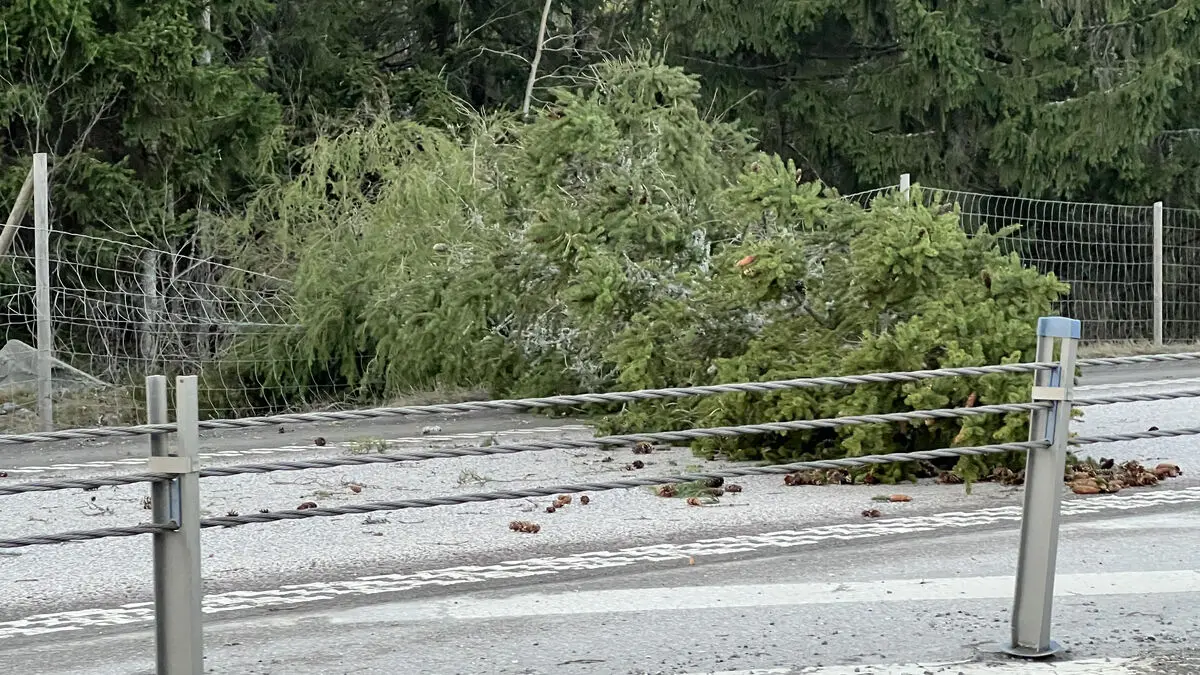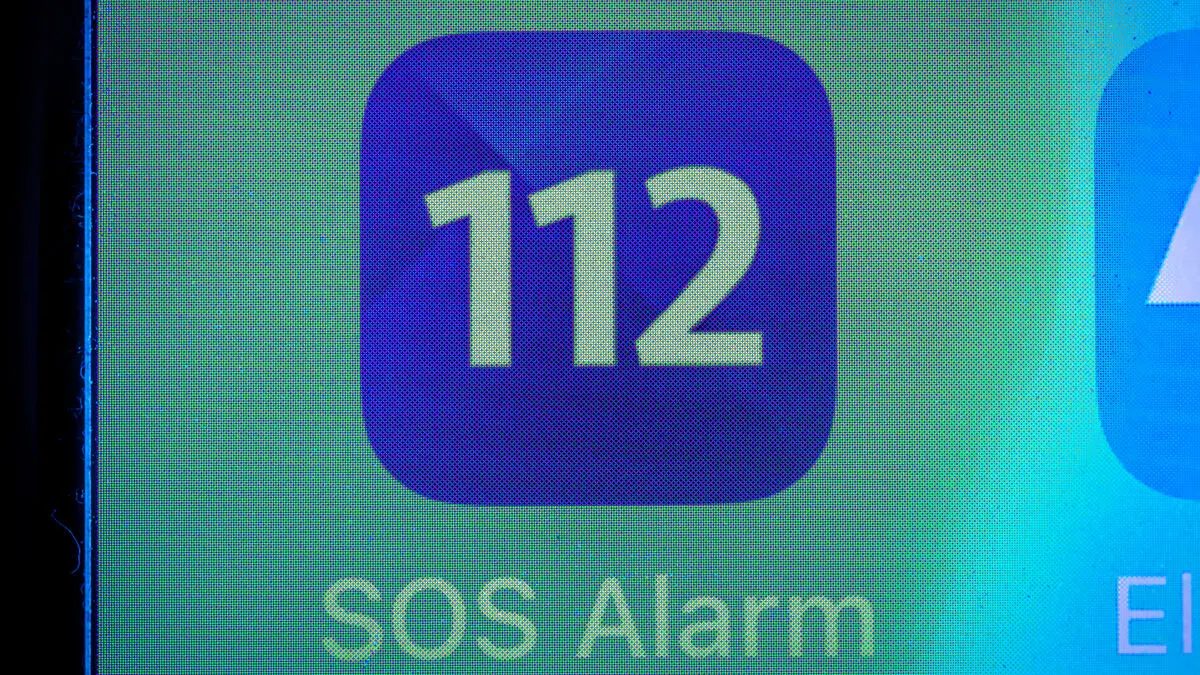Most of Gaza's two million inhabitants sought shelter here during a period.
Now, Rafah is a dusty ghost town, witnessed by a limited group of journalists invited by the Israeli military for a tour of the border town.
Since the war in Gaza broke out after Hamas' terrorist attack on October 7, Israel has prevented international journalists from entering Gaza on their own.
When Israel launched its offensive in Rafah in May, despite an estimated 1.4 million Palestinians being on the run from bombing in the rest of the Gaza Strip, there were no external media present to witness or scrutinize the warfare.
Great destruction
Now, two months later, a handful of international reporters are allowed in to be driven around the city in military vehicles accompanied by Israel's military. The city is largely deserted, with very few civilians remaining, reports AP's correspondent. From the roads, you can see right into the bedrooms and kitchens of the blown-up apartment buildings.
The journalists' articles have been read and approved by the military before publication.
According to the UN, around 50,000 people are in Rafah, which had around 275,000 inhabitants before the war. Most of them have been driven to an area that Israel has declared a "humanitarian zone". There, they live in miserable tent camps along the beach, with minimal access to clean water, food, toilets, and healthcare, writes AP.
Israel's military did not bring us here to witness the destruction, but to tell us why the offensive was carried out and what they have discovered and achieved, writes CNN's reporter about the tour.
Shows a tunnel
The offensive in Rafah has resulted in a large number of deaths – including many women and children killed in air strikes and ground operations.
Israel's military says it was necessary to strike with such intensity against the border town, since Hamas had turned civilian areas into traps.
The spokesperson accompanying the journalists, Daniel Hagari, shows an entrance leading to an underground tunnel.
Hamas built everything in a civilian area, among houses, among mosques, among the population, to create its ecosystem of terror, he says.





